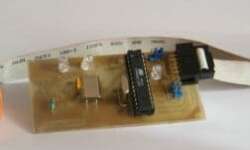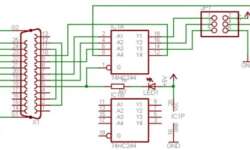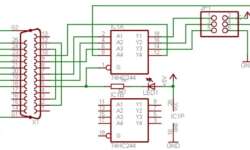Building STK500 AVR ISP programmer with USB

A programmer adapter is one of the first things to get when starting with microcontrollers. Luckily, it is not hard to build a working programmer almost for any microcontroller, as there are tons of open-source projects. I decided to make my own stk500 compatible programmer, which is taken from tuxgraphics.com. I did not look for the same parts as in the original schematics but used what is on the desk. As a result, I got a mix of through-hole and SMD PCB, which does the job. Short info about STK500 V2 programmer This STK500 V2 adapter is a clone of the original AVR STK500 programmer. It works on all leading platforms, including Windows, Linux, BSD, and macOS X. This is mainly because USB to serial converter – FT232RL chip has full driver support. The main reason to build it is that the programmer works in AVRstudio, where microcontrollers can be programmed fluently from the same IDE. Besides, it works fine with AVRDude – which would be the primary application for Linux users. This clone gained quite significant popularity so that you can find many variations – mostly different PCB versions. Therefore, mine is yet another PCB.



